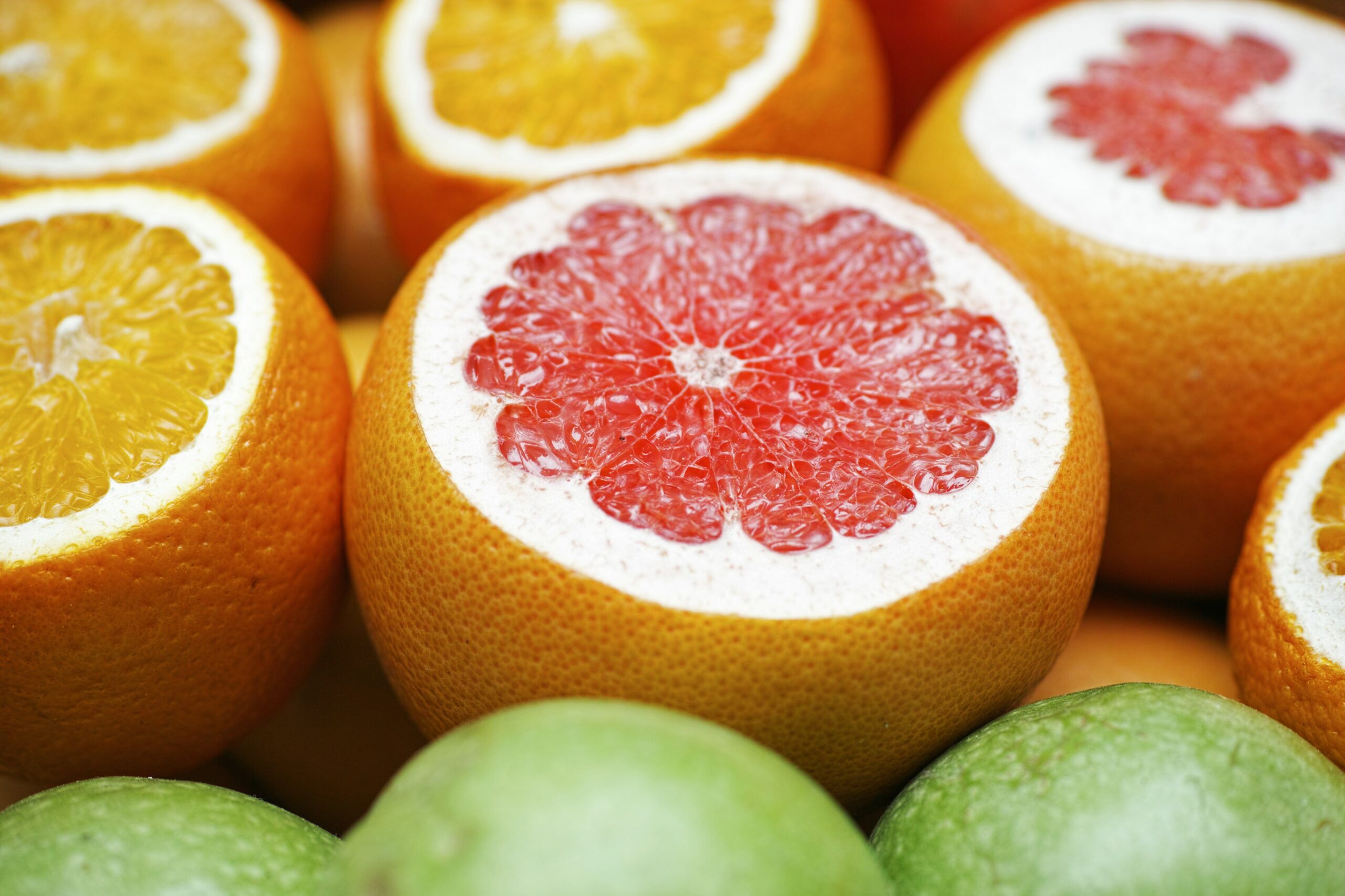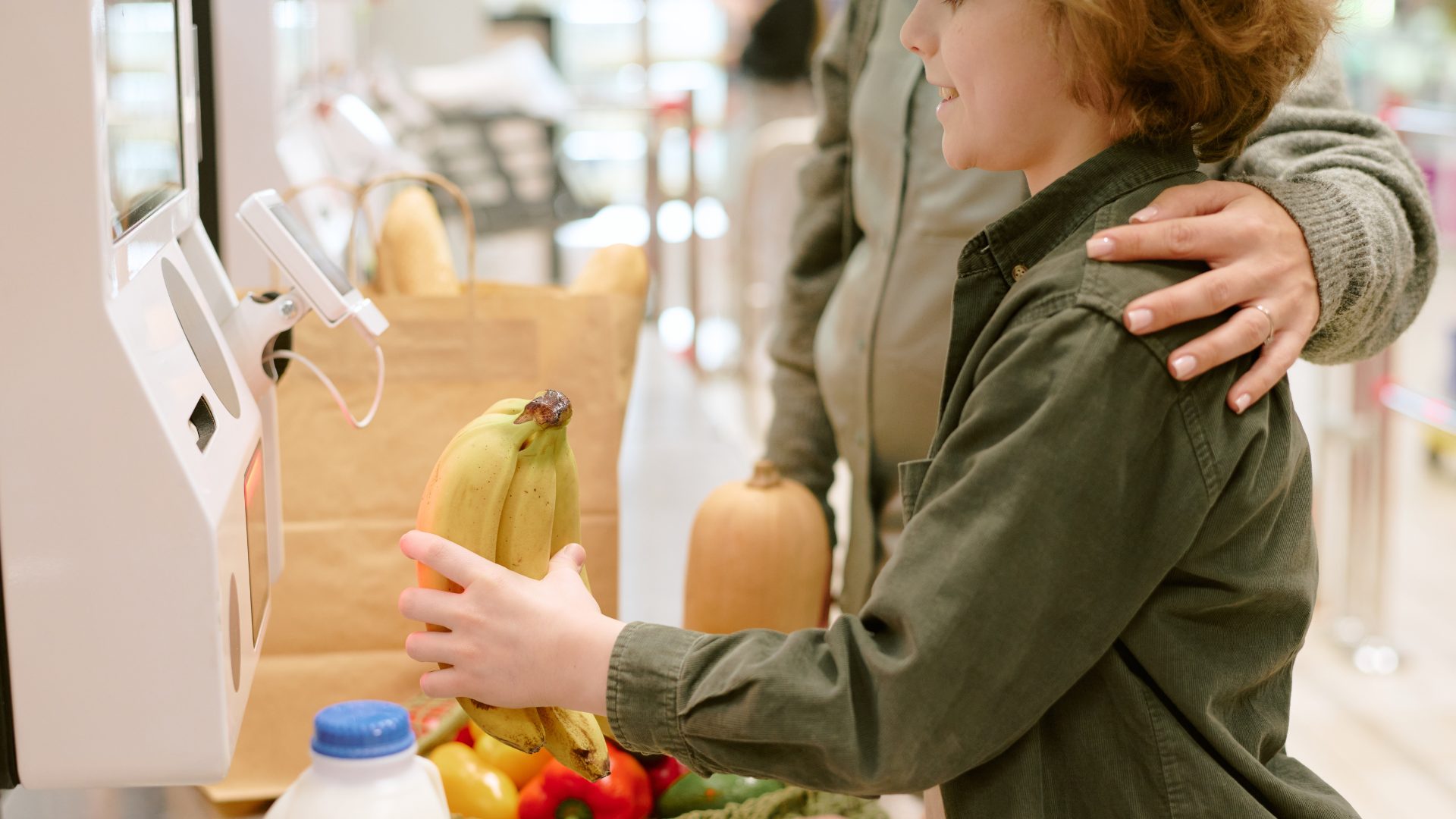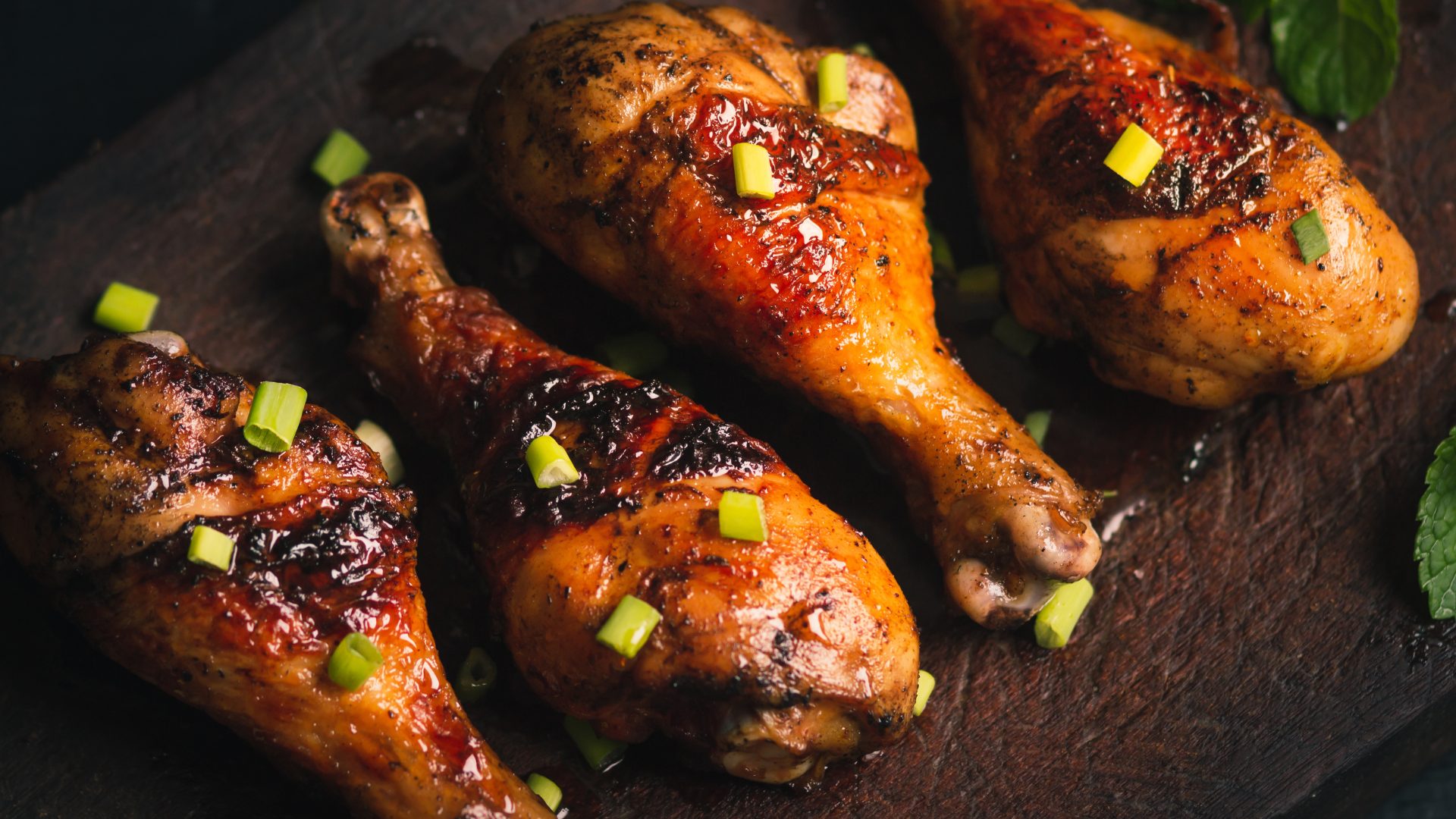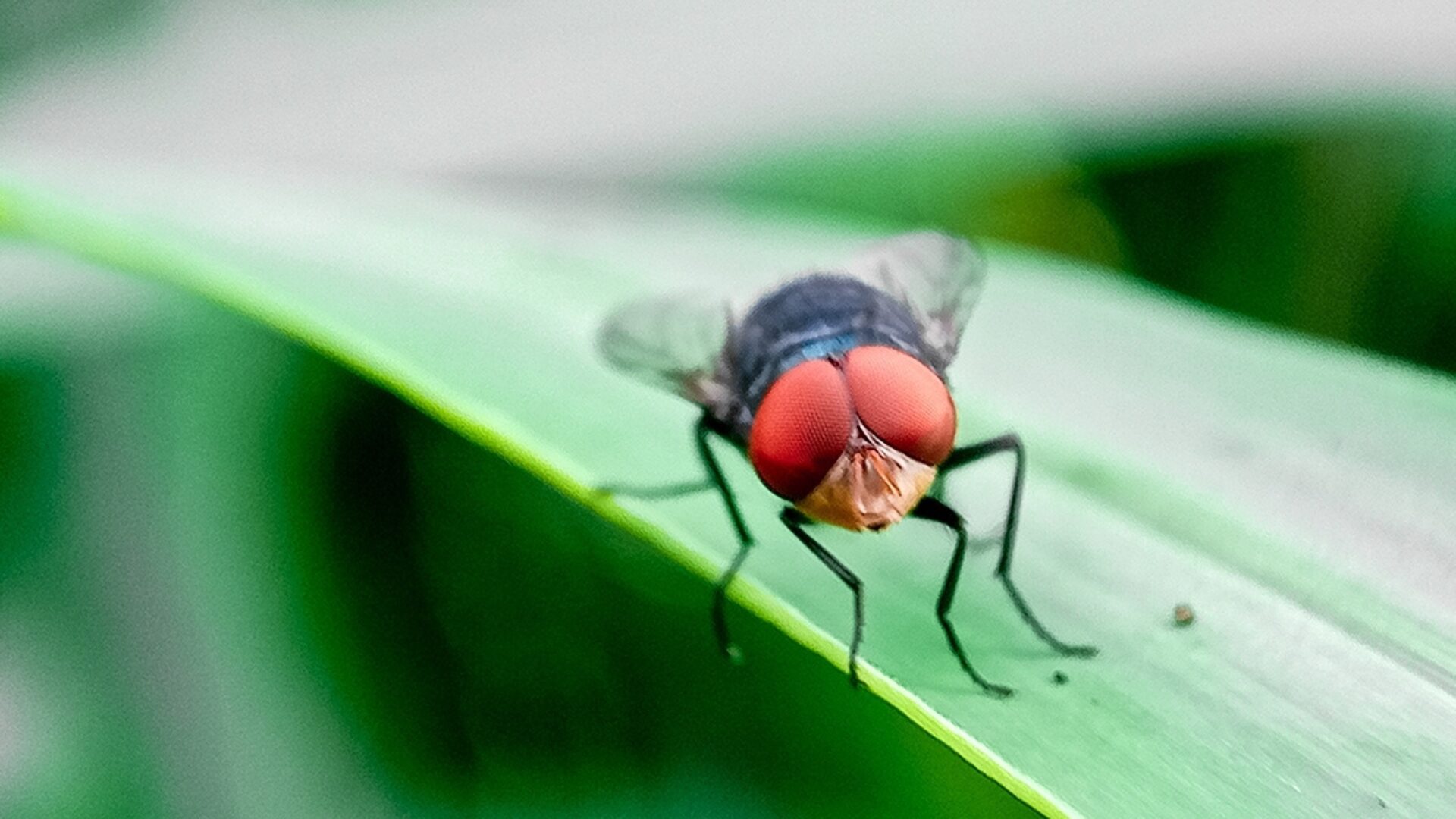Citrus, once the dominant crop in Florida, has declined 92% in the past two decades, the victim of disease, extreme weather and even urban sprawl, USDA data show, and citrus greening disease is threatening to worsen the situation, costing growers millions.
Citrus greening disease, which has escaped the confines of the Sunshine State and spread to Texas and California, is transmitted among plants by the Asian citrus psyllid. As of April 2020, Arizona had escaped infection although the Asian citrus psyllid has been detected in low numbers in that state, as well.
The disease, also known as Huanglongbing (HLB) or yellow dragon disease, slowly kills trees, reducing the number of fruit produced along with the size. The fruit also is bitter, misshapen and partially green.
And because an infected tree can be asymptomatic, the disease is hard to detect, allowing it to spread from tree to tree.
The result is that growers are losing millions to this so far incurable disease, sending prices skyrocketing. That morning glass of orange juice is up 27% compared to a year ago.
“Citrus production in the United States [is a] pretty dire situation right now,” Daniel Munch, economist at the American Farm Bureau Federation, told CNBC. “When you have a lack of supply that’s unable to meet demand, prices for consumers shoot up.”
The AFBF says the number of citrus growers in Florida fell from 7,389 in 2002 to 2,775 in 2017 while the number of juice processing facilities fell from 41 to 14 between 2003 and 2017.
“This is particularly biting in a state where citrus supports over 32,000 indirect and direct jobs, $1.61 billion in labor income and nearly $7 billion in output to the economy as of the 2020-21 marketing year,” AFBF economist Daniel Munch said in a blog post.
It’s not just oranges. Munch noted grapefruit production also is down significantly.
“Citrus production in the United States has dropped to levels so low that U.S. citrus producers can no longer support domestic demand.”
The U.S. once produced half of the world’s oranges. By 2000, that number had dropped to 25% and last year was down to 5%, with Brazil, China and the European Union picking up the slack.
But the news in Brazil isn’t much better. The Associated Press reported flooding and drought had a major impact on orange juice production, sending it to a 36-year low.
“The concern isn’t just that the price of juice is going up. The concern is not having the juice,” Oscar Simonetti, an orange farmer in Mogi Guacu, Brazil, told the AP.
The USDA Agriculture Research Service is exploring methods of controlling and preventing citrus diseases, including the training of dogs to detect not only citrus greening disease but citrus canker, as well. Efforts to commercialize the training are underway following tests that produced a nearly 100% accuracy rate, USDA said.
Bio technology firm Invaio Sciences has developed an injection to keep citrus trees healthy. Trecise is injected directly into a tree’s vascular system. Right now, the company is focusing on young trees that have yet to bear fruit.
“We hope to show that growers can get trees to bearing age with minimal disease symptoms and build confidence for replanting,” said Dave Gerrard, head of commercial U.S. “This is just the first step. We’re committed to delivering further solutions to help Florida citrus growers regain their pre-HLB yields.”
The Food Institute Podcast
.
In this episode of The Food Institute Podcast, IFDA President and CEO Mark S. Allen discussed the pressing challenges and innovative solutions in the foodservice distribution industry. Allen delved into topics such as labor shortages, transportation issues, technology advancements, and the importance of industry events like IFDA’s Solutions Conference.












